For some, the appeal of these dangerous destinations is simply the challenge they present. Others are drawn to the natural beauty of these places; despite the dangers, they pose. Whatever the reason, there is no denying that these locations offer a unique and unforgettable adventure.
And while some may see these dangerous places as nothing more than a death wish, others believe that the rewards outweigh the risks. After all, what could be more rewarding than conquering your fears and coming out alive?
So, if you're looking for an adrenaline-pumping vacation, then check out our list of the most dangerous places in the world. From active volcanoes to treacherous mountains, these locations are sure to get your heart racing.
1. Death Valley, National Park, USA
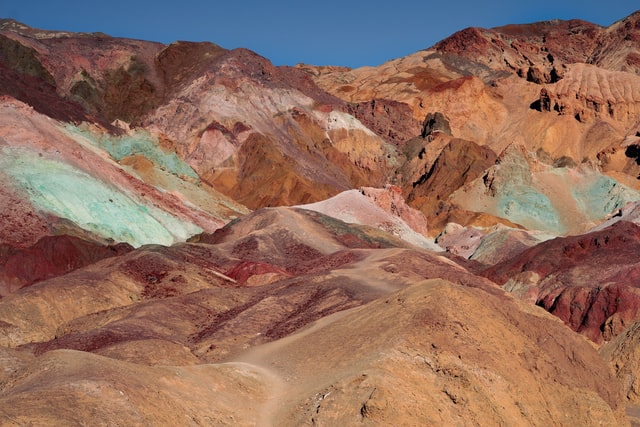
One of the most dangerous places in the world is Death Valley, National Park in the United States. This area is known for its extreme temperatures, which can reach up to 134 degrees Fahrenheit. The terrain is also incredibly treacherous, with rocky cliffs and sharp drop-offs. There have been many fatalities in Death Valley over the years, making it a truly dangerous place to visit.
Despite the dangers, Death Valley is still a popular destination for thrill-seekers and adventure lovers. The challenges it presents are unlike anything else in the world, and those who conquer them feel a true sense of accomplishment. If you're looking for an adrenaline rush, there's no better place than Death Valley. Just be sure to take all the necessary precautions before embarking on your journey.
2. Volcano Tours in Hawaii, USA
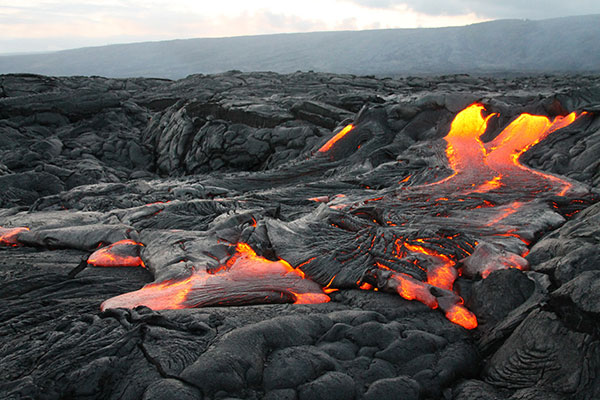
Volcano tours in Hawaii offer visitors the opportunity to see some of the most active volcanoes in the world up close. These tours typically take place on the Big Island of Hawaii, where there are four major volcanoes: Kilauea, Mauna Loa, Hualalai and Haleakala. Visitors can choose to take a helicopter tour, which offers aerial views of the volcanoes, or a ground tour, which takes them right up to the edge of the crater.
Volcano tours are an exciting way to see these natural wonders up close and learn about their history and geology. Kilauea is one of the most active volcanoes in the world and has been erupting continuously since 1983. Visitors on volcano tours can see the lava flows, as well as the steam vents and other features of this still-active volcano.
Mauna Loa is the largest volcano on the Big Island and one of the largest in the world. It last erupted in 1984 but is still considered active. On a Mauna Loa tour, visitors can see the lava flows from its most recent eruption as well as the vast caldera that was formed when the volcano collapsed many years ago. It is an impressive sight to see.
Hualalai is another active volcano on the Big Island, with its last eruption occurring in 1800. On a Hualalai tour, visitors can see the lava flow from this eruption as well as the crater that was formed.
Haleakala is a dormant volcano on Maui and is one of the most popular tourist destinations in Hawaii. Visitors can take a Haleakala tour to see the crater that was formed when the volcano erupted in 1790. This is an impressive sight and a popular place because it offers stunning views of the surrounding landscape, offers beautiful sunrise and sunset tours, and is home to a variety of wildlife.
3. Skellig Michael Mountain, Ireland
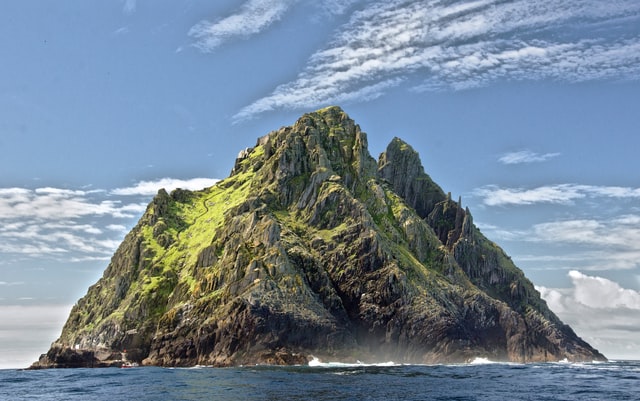
Skellig Michael Mountain is located in County Kerry, Ireland. It is a UNESCO World Heritage Site and home to a 6th-century monastery. The mountain is accessible by boat from Portmagee or Ballinskelligs.
However, please be aware that the mountain can be dangerous. There are 600 stairs leading up to the monastery, which is quite steep in places. Additionally, it's only accessible by boat, and you'll have to cross a wide expanse of turbulent water.
In many cases, since the weather can change suddenly, boats are unable to dock due to high tides. However, the views from the top are definitely worth the effort! Make sure you are well prepared before embarking on your journey.
Skellig Michael is an amazing place with a rich history. If you are ever in Ireland, be sure to add it to your list of places to visit; but note that the island of Skellig Michael is only open to a small number of tourists.
4. Snake Island, Brazil
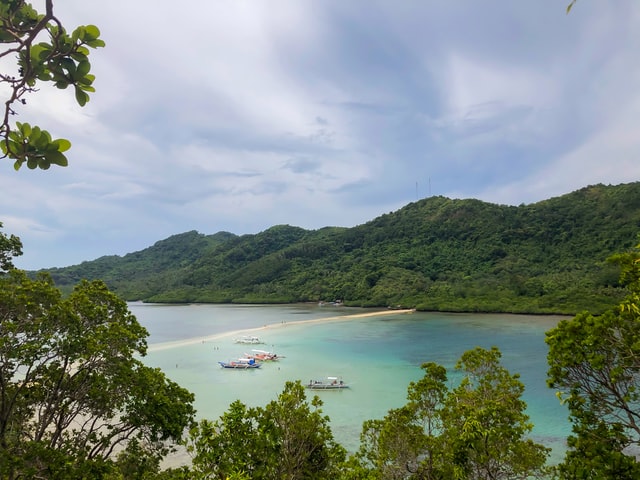
Just off the coast of Brazil lies a small island that is home to one of the deadliest creatures on earth: the golden lancehead viper. This snake is so venomous that just one bite can kill a human within minutes. It is said that its poison can even melt human flesh.
The island, known as Snake Island, is uninhabited by humans and is home to thousands of these snakes, roughly five per square meter. In addition to the golden lancehead viper, Snake Island is also home to a number of other dangerous creatures, including the Brazilian rattlesnake and the boa constrictor. These snakes are not as deadly as the golden lancehead viper, but they can still pose a serious threat to humans.
Visiting Snake Island is definitely not for the faint of heart and because the snakes are so dangerous, the Brazilian government has forbidden anyone from visiting the island.
5. Gates of Hell, Turkmenistan
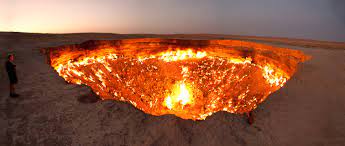
The Gates of Hell, located in Turkmenistan, is a natural gas field that has been burning continuously since it was first discovered in 1971. The origins of the fire are unclear, but popular lore claims that the fire was started when a Soviet drilling rig accidentally tapped into a pocket of methane gas. The gas ignited and the resulting inferno has been burning ever since.
The Gates of Hell is located in the Karakum Desert and is about 260 feet wide. The temperature at the centre of the fire is said to be around 2,700 degrees Fahrenheit. Despite its name, the Gates of Hell is actually not all that large – it’s about the size of a football field.
The local residents have grown accustomed to the Gates of Hell and some even consider it to be a tourist attraction. Visitors can get fairly close to the fire, but they are not allowed to touch it.
The Gates of Hell is just one of many natural gas fields burning in Turkmenistan. In fact, it’s estimated that there are about 140 natural gas fields burning in the country. The reason for this is that Turkmenistan has very little infrastructure to capture and utilize natural gas. As a result, much of it is simply burned off or flared.
While the Gates of Hell may not be the largest natural gas fire in the world, it’s certainly one of the most interesting. It’s a reminder of the power of nature – and of the dangers of tapping into pockets of methane gas.
6. Mount Washington, USA
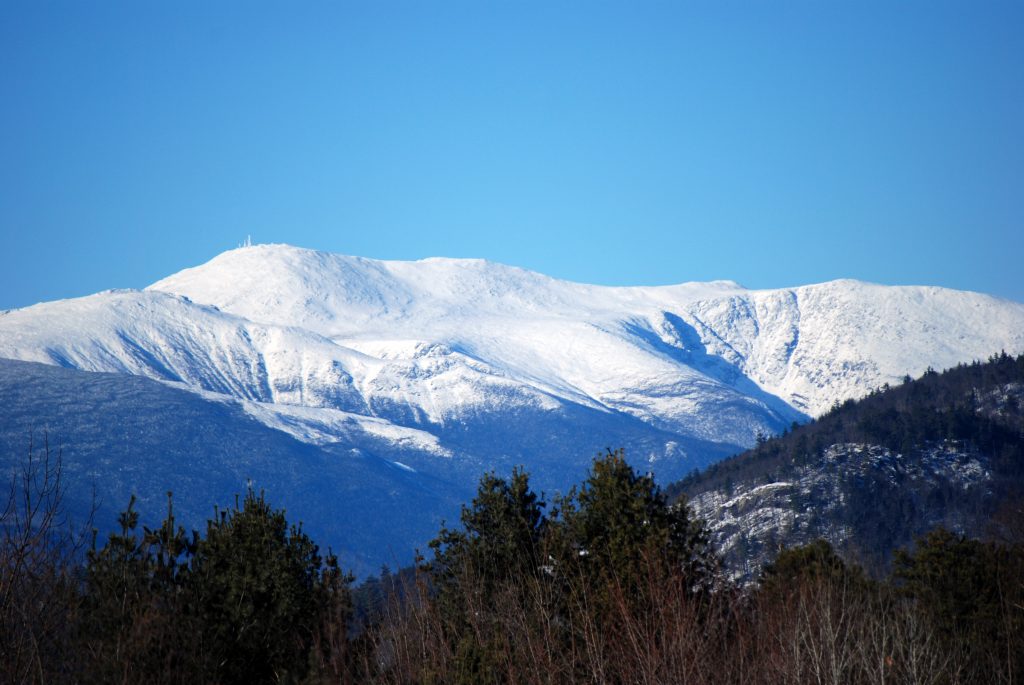
Mount Washington is a mountain in the northeastern United States, located in northern New Hampshire. Part of the White Mountains range, it is the highest peak in the Northeastern U.S., and one of the highest north of the Mason–Dixon line. Mount Washington is famous for its dangerously erratic weather, as well as its beautiful views. It is a popular destination for hikers, climbers, and skiers.
Mount Washington stands 6,288 feet (1,917 m) tall and is located in the Presidential Range of the White Mountains. The mountain is part of the White Mountain National Forest and is about 60 miles (97 km) north of Boston, Massachusetts. The mountain is named after George Washington, the first President of the United States.
The weather on Mount Washington is notoriously unpredictable and dangerous. The mountain is home to the world's worst weather, with winds frequently reaching over 100 miles per hour (160 km/h). In 1934, the world record for wind speed was set on the summit, with a wind gust of 231 miles per hour (372 km/h). Not to mention the freezing temperatures which can reach -40 degrees Fahrenheit (-40 degrees Celsius).
Despite the dangerous conditions, Mount Washington is a popular destination for the adventurous.
7. Skeleton Coast, Namibia
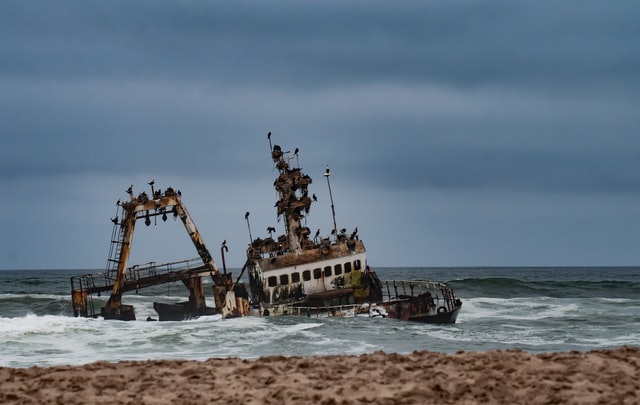
Skeleton Coast is a remote and rugged stretch of coastline in Namibia. It is renowned for its shipwrecks, treacherous sand dunes, and wildlife. The name Skeleton Coast comes from the many shipwrecks that litter the shoreline and the bones of animals left on the beaches.
Despite its remote location, the Skeleton Coast is home to a variety of wildlife including lions, elephants, and seals. Visitors to the Skeleton Coast can explore the shipwrecks, hike through the sand dunes or go on safari to see the wildlife, but it is not recommended due to the dangerous conditions.
Conclusion
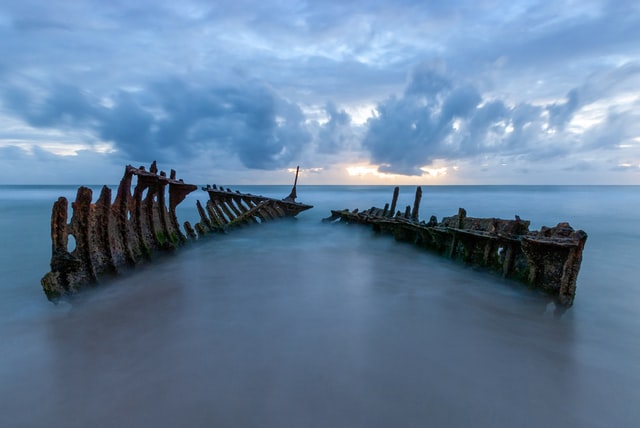
The world is full of dangerous places, from the Death Valley to Snake Island to active volcanoes. And while some of these places may seem inaccessible or too risky to visit, that's often part of their allure. For those who are willing to take the risk, these dangerous places can be some of the most rewarding and unforgettable experiences.
So if you're looking for a little excitement and are willing to take some risks, grab your hiking boots and your sense of adventure and embark on the journey of a lifetime. Just remember to be safe, and always heed the warnings of local experts. After all, they know these dangerous places better than anyone.
